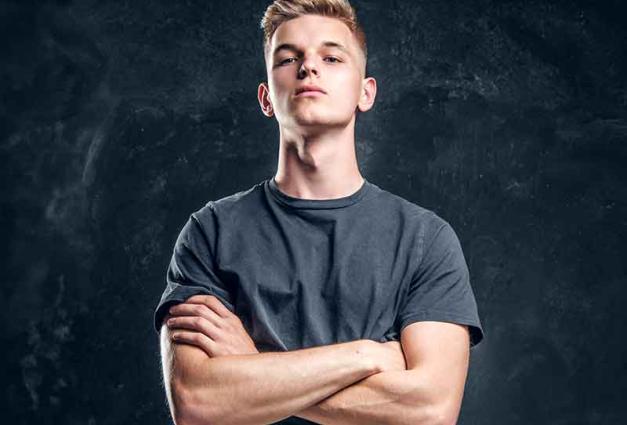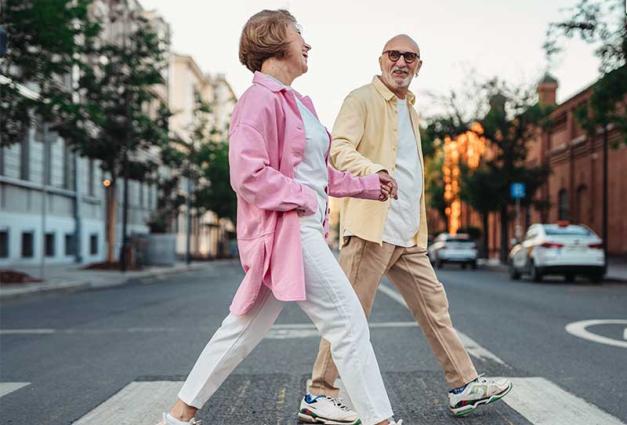Everyone wants to be happy. But what does happiness look like? Which of these two groups of positive emotions would you like to feel more?
A: excited, enthusiastic, exhilarated
B: calm, peaceful, relaxed
If you chose group A, you prefer to feel positive emotions with higher arousal, emotions in which you are mentally and physically activated, charged, and alert. If you chose group B, you prefer to feel positive emotions with lower arousal.
The emotions that we want to feel are called “ideal affect” and are influenced, at least in part, by our cultural background. For example, people in individualistic North American cultures tend to prefer to feel high-arousal positive emotions, while those in collectivistic cultures, such as those in East Asia, prefer low-arousal positive emotions.
Recent research found that ideal affect shapes our behaviors toward other people, especially our helpful, pro-social behaviors. We are nicer to other people who show the emotional states that “match” how we want to feel. So, North Americans, who desire high-arousal positive emotions, are nicer to people who show an open-mouth, toothy smile (an “excited smile”), while East Asians, who prefer low-arousal positive emotions, are nicer to those with a closed-mouth, buddha smile (a “calm smile”). A series of studies had North Americans and East Asians donate money to other people who had either an excited or a calm smile. Relative to East Asians, Americans donated more to people with an excited smile compared to a calm smile, because they thought people with excited smiles were socially warmer than those with calm smiles.
But these results were obtained in well-controlled—and somewhat artificial—laboratory experiments. Would these effects also be observed in real-life? To answer this question, we looked at people’s financial decisions on a global on-line microlending platform, Kiva (www.kiva.org). On Kiva, lenders from different nations can freely lend money to various borrowers. The borrowers post a “loan request” with a short description of the project for which they need the money (such as buying fodder for farm animals), usually accompanied by a photo of the borrower herself or himself. The lenders look at the loan request pages and decide whether to fund them. As of November 2020, $1.5 billion in loans have been made through Kiva. Importantly, the lenders do not earn any interest by making these loans, so what drives the lending decisions are their pro-social motivations to help the borrowers.
In the first study, we analyzed 13,500 randomly sampled Kiva loans. The borrowers’ photos attached to the loan requests were evaluated by a separate group of raters who rated how excited they seemed to be based on their facial expressions. We expected that the borrowers who showed greater excitement in their loan request photos would have been funded more by lenders from cultures that value high-arousal positive emotions more, such as those from North America, compared to lenders from cultures that value low-arousal positive emotions more, such as East Asia. As we expected, the more excited the borrowers appeared in the photo on their loan request page, the more likely they were supported by lenders from the United States and Canada, and the less likely they were supported by lenders from Taiwan.
However, the majority of the lenders we could track on the site—42% of them—were from the United States. To create a dataset with an equal number of lenders from different cultures, we randomly sampled the same number of lenders from 11 nations that differed in national ideal affect. We tracked all borrowers who received money from these randomly selected lenders and tested whether the national level of ideal affect of the lenders was related to whether they gave money to borrowers with an excited or a calm smile.
The results showed that the more a nation valued high-arousal positive emotions, the more likely lenders from that nation gave money to borrowers with an excited smile, and the less likely lenders from that nation gave money to borrowers with a calm smile. These findings suggest that the matches between the lenders’ ideal affect and the receivers’ emotional expressions critically affected lenders’ decisions to give money.
Although everyone wants to be happy, the specific type of happiness we desire may be different. The type of happiness we want has an effect in everyday life, including how we treat other people. In fact, these findings may cast a new light on why people who are typically “reserved” or calm are often perceived in less socially desirable ways. In American culture, where high-arousal positive emotions are valued, people who do not express excitement may experience greater difficulties in their social lives, including receiving less pro-social reactions from others.
For Further Reading
Genevsky A., & Knutson B. (2015). Neural affective mechanisms predict market-Level microlending. Psychological Science. 2015;26(9):1411-1422. doi:10.1177/0956797615588467
Park, B., Blevins, E., Knutson, B., & Tsai, J. (2017). Neurocultural evidence that ideal affect match promotes giving. Social Cognitive and Affective Neuroscience, 12(7), 1083-1096.
Park, B., Genevsky, A., Knutson, B., & Tsai, J. L. (2019). Culturally-valued facial expressions enhance loan request success. Emotion, 20(7), 1137-1153. doi: 10.1037/emo0000642
Park, B., Tsai, J. L., Chim, L., Blevins, E., & Knutson, B. (2016). Neural evidence for cultural differences in the valuation of positive facial expressions. Social Cognitive and Affective Neuroscience, 11(2), 243-252.
Tsai, J. L., Knutson, B., & Fung, H. H. (2006). Cultural variation in affect valuation. Journal of Personality and Social Psychology, 90(2), 288-307. https://doi.org/10.1037/0022-3514.90.2.288
BoKyung Park is an Assistant Professor at the University of Texas at Dallas. She examines how people’s cultural background shapes various moral and social decisions, and the underlying neural mechanisms involved.




